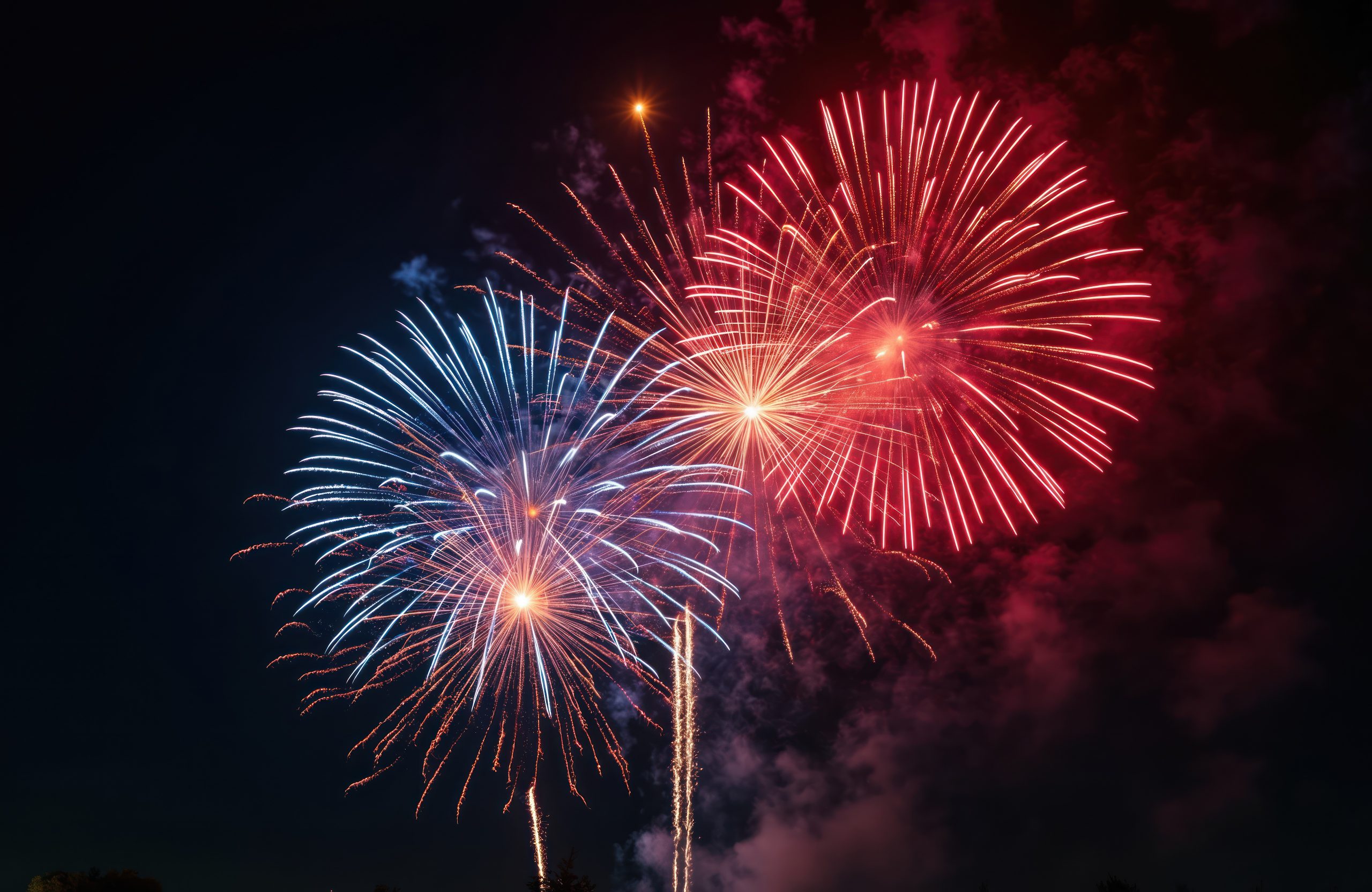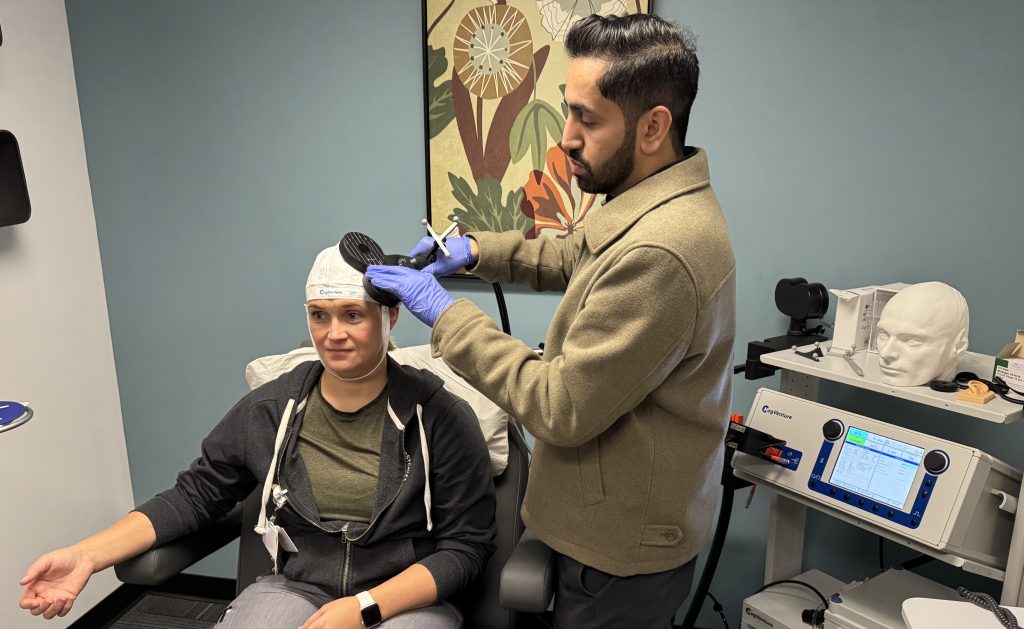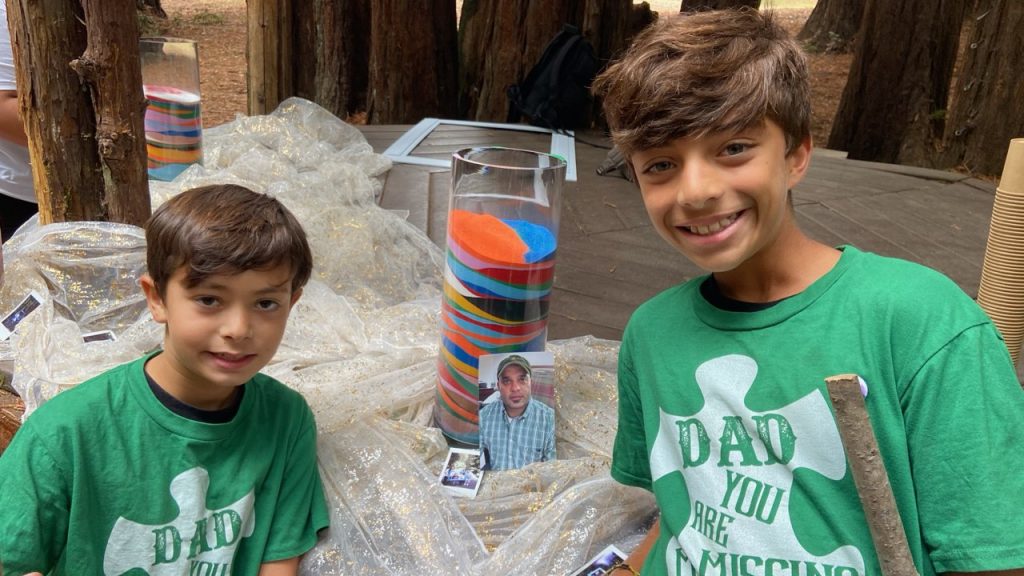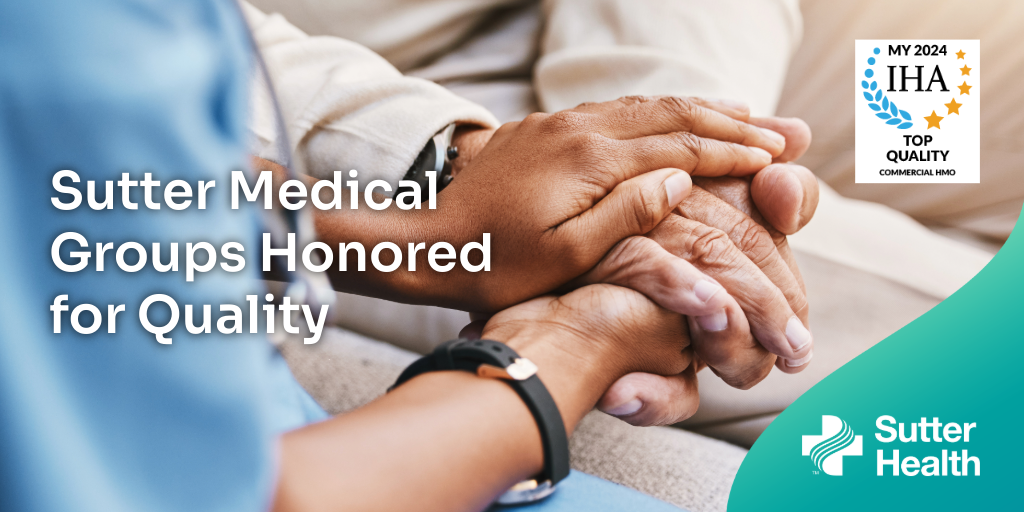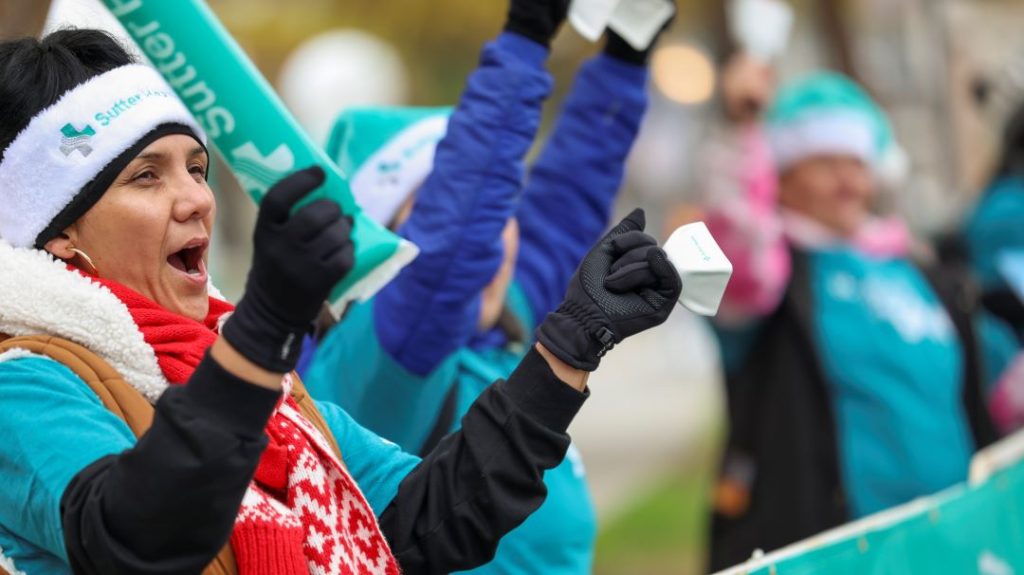Celebrating Independence Day with barbecues, picnics and fireworks is a cherished American tradition — but it also comes with risks. Home fireworks can lead to serious injuries, spark fires and even trigger those living with post-traumatic stress disorder.
To help you enjoy a safer and more mindful holiday, read on for 21 essential tips to protect your loved ones and reduce stress this Fourth of July.
Know the Rules Before You Light the Fuse
In many parts of California, setting off fireworks is illegal due to the high risk of wildfires. Always check and follow your local laws and ordinances. In some cases, it may be safer — and more spectacular — to enjoy a professional fireworks show hosted by your city or county.
If personal fireworks are allowed in your area, be sure to review these safety tips from CalFire to help you celebrate responsibly and reduce the risk of injury or fire:
- Use only State Fire Marshal-approved fireworks
- Always read directions
- Always have an adult present
- Only use fireworks outdoors
- Never use fireworks near dry grass or other flammable materials
- Light one firework at a time
- Have a bucket of water, a hose or a fire extinguisher on hand and ready to use
- Submerge your firework in a bucket of water after it’s been used to ensure it’s been fully extinguished
Fireworks: Should You, Or Shouldn’t You?
“It’s best to leave fireworks to the professionals. They put on a better show, and it’s much safer,” says Dr. Robert Edelman, an ophthalmologist with Sutter East Bay Medical Group in Castro Valley, Calif. Dr. Edelman has provided medical and surgical care for the trauma service at Sutter’s Eden Medical Center on Independence Day holidays.
“I’ve seen too many traumatic injuries caused by fireworks, including eyes lost, fingers blown off and teeth blown out,” Dr. Edelman says. “Many of the people using fireworks use them without face, eye or hand protection so they are really tempting fate. And some of the victims I’ve treated were bystanders. In fact, several years ago, a boy lost his right eye after someone dropped an M-80, which is a large, very powerful firework, out of a window while the boy was walking along the sidewalk below with his father.”
If personal fireworks are legal in your area and you’ve decided to use them, it’s important to take precautions. Here are some key tips to help protect yourself, your loved ones and your community while celebrating safely:
- Wear safety glasses or goggles and ear plugs
- Wear sturdy heat-resistant gloves
- Avoid loose-fitting clothing
- Never place any part of your body directly over a fireworks device when lighting the fuse
- Back up several feet immediately after lighting a firework
- Never point or throw fireworks at another person
- Never attempt to re-light or “fix” fireworks
- Never carry fireworks in your pockets
- Bystanders should maintain a safe distance and remain alert
Wildfire Prep
Prepare your home and family for the possibility of a wildfire before the fireworks. Visit ReadyforWildfire.org for more helpful tips and fire readiness information.
PTSD Awareness
Give your neighbors a heads-up if you plan to celebrate by setting off fireworks at home. For veterans, wildfire survivors and others living with PTSD, the Fourth of July can be a challenging time. Flashing lights, the smell of smoke and loud explosions are common triggers that can cause distress. Giving your neighbors a heads-up about your fireworks plans can make a big difference — it gives those affected a chance to prepare and feel more in control during the holiday.
If you or a loved one have PTSD and find Independence Day challenging, make a self-care plan beforehand. Identifying your triggers — and planning how to manage them — can make a big difference. Write down what tends to set off your symptoms and outline strategies that help you cope. Share this information with trusted friends or family members so they know how to support you and what to expect.
If you’re exploring additional ways to manage PTSD, check out the Greater Good Magazine article, “Can Mindfulness Help Treat PTSD?” It offers insights into how mindfulness practices may help. Another helpful resource is the booklet “Understanding PTSD: A Guide for Family and Friends” from the National Center for PTSD, which provides practical advice for both individuals and their support networks.
Note: This content is not intended to be a substitute for professional medical advice, diagnosis or treatment. Always seek the advice of your physician or other qualified health provider with any questions you may have regarding a medical condition. Never disregard professional medical advice or delay in seeking it because of something you have read on this website.

